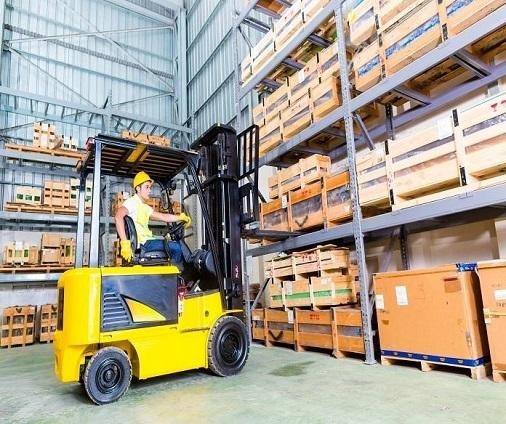In every workplace hazards take place but some of them harm workers at high level. By recognizing hazards at your workplace, you will be equipped to handle them and control accidents and injuries.
For example, by taking a confined space entry course you will come to know about confined space and its hazards, risks, and how to deal with them.
There are many definitions for hazard but the most common definition is:
A hazard is any basis of potential damage or negative health effects on something or someone.
In Canada to prevent workplace threats, additional training is provided to workers, one of them is the Lockout Tagout course which encircles safe work practices, enlightens workers, and installs safety systems to rescue them.
Types of hazards
1. Biological hazards
The trash from hospitals and research places contains disease-causing organisms that could contaminate the site or any worker. Like chemical hazards, may be spread in the environment through water and wind.
Other biological hazards that are present at a waste sites include poisonous plants, insects, animals. Defensive clothing and respiratory tools can help lower the probability of infection. For example, by Half Mask fit testing the employers train their employees on the proper way to put on and take off a face mask so that they can respire properly. Detailed washing of any revealed body parts and tools will help defend against infection.
2. Ergonomics hazards
It occurs when the type of work and working conditions put stress on your body. They are the most difficult to spot. Short-time openness may result in “aching muscles” the next day but long-term openness can result in severe long-term diseases.
3. Safety hazards
These are the most familiar and will be present in most workplaces at one time or another. They incorporate unsafe conditions that can cause damage, infection, and death.
Safety Hazards Include:
- Collapses on floors or stumbling hazards,
- Working from elevations,
- Unprotected machines and moving machines parts;
- Confined spaces
- Machinery-related dangers
Some safety hazards are the procedure of the work itself. For example, heavy equipment like forklifts forms an added hazard for a worker that’s why forklift training Mississauga is given to workers to operate the forklift in a better way. Defensive tools can impair a worker’s skills, hearing, and vision, which can result in improved risk of an accident.
Accidents concerning physical hazards can instantly hurt workers and can develop additional hazards. Zone personnel should continually guard for probable safety hazards.

Comments
Post a Comment